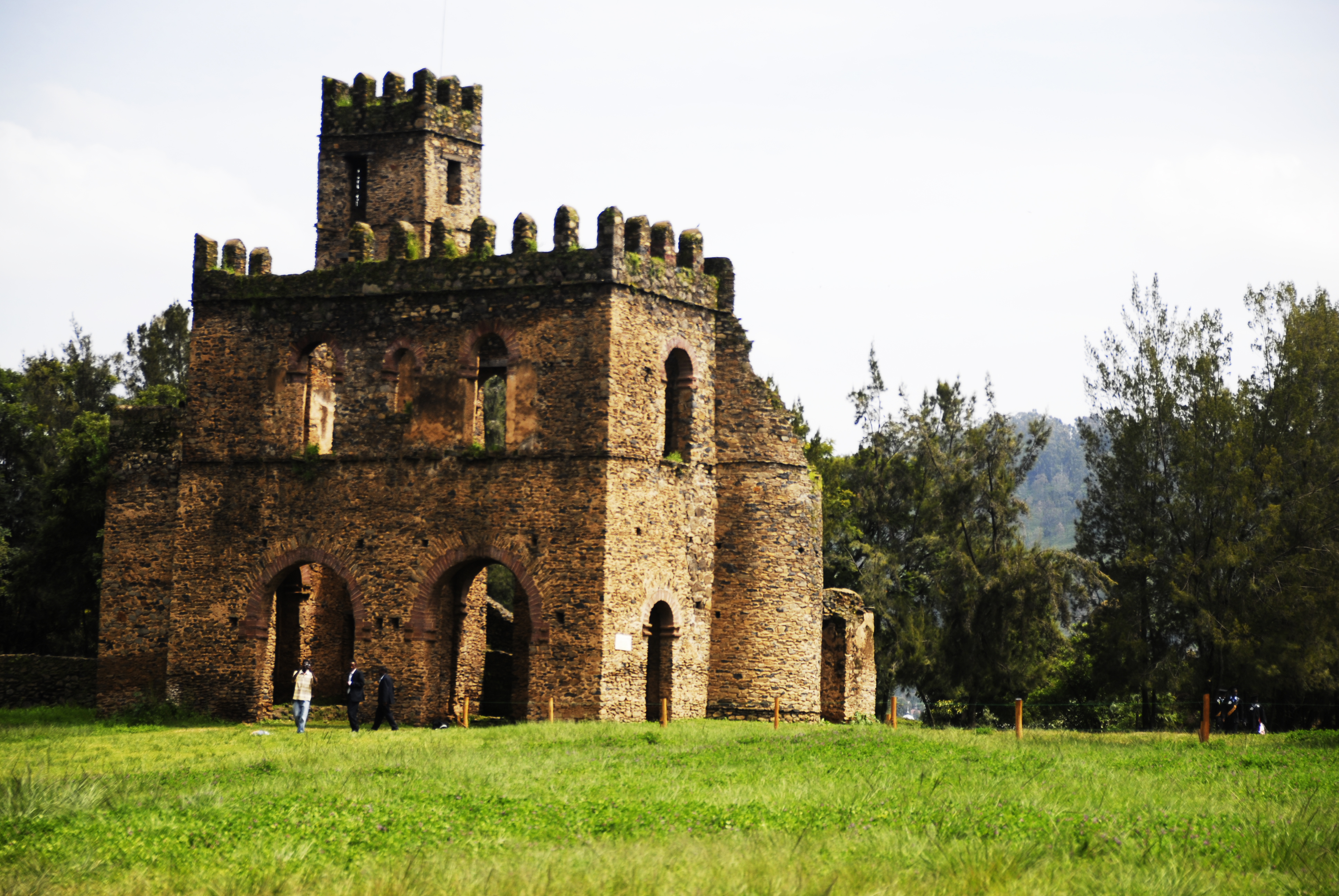In the month of September we have the biggest holidays in ethiopia like Enkutatash(Ethiopian New Year), Meskel/Demera(The finding of the true cross)
Holidaysin september in Ethiopia

Enkutatash(Ethiopian New Year)
September 12th, marks the first day of the first month – known as Meskerem – of the new year for both Ethiopia and Eritrea. The name “Enkutatash” translates to “Gift of Jewels” and alludes to a centuries-old tale of Queen of Sheba’s visit to King Solomon. She brought a range of gifts for the king and, upon her return home, was welcomed with a supply of “enku” (jewels) for her treasury. Today, there are still many lasting traditions to observe Enkutatash. Most families gather to enjoy a traditional meal and celebrate by giving gifts to the children. In some places, celebrations may last for multiple days, including the eve of Enkutatash, on which it is common to attend a church service and to offer prayers ushering in the new year. Singing and dancing are also popular ways to celebrate, especially among young girls. Traditionally, bouquets of freshly picked flowers (symbolizing the coming of spring and period of revitalization) and painted pictures of saints were given by children in exchange for reciprocal gifts. Today, however, greeting cards are much more common.




